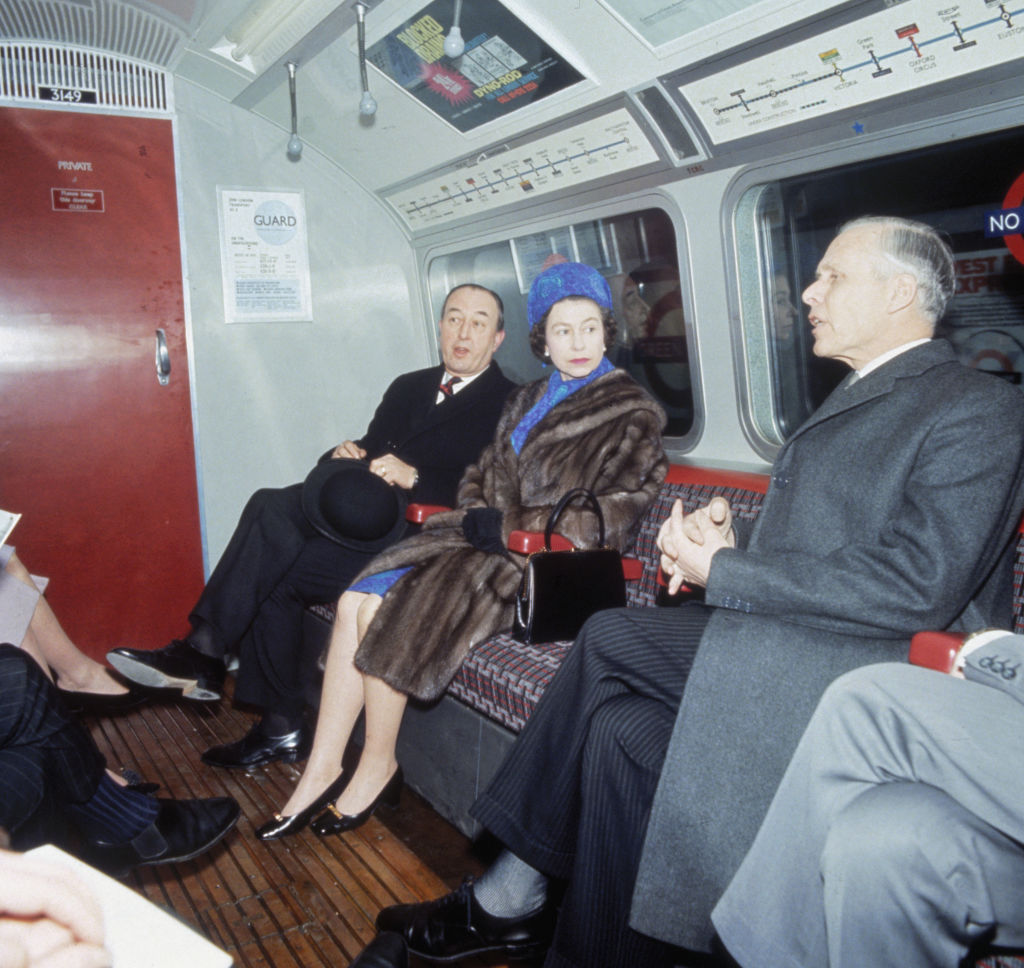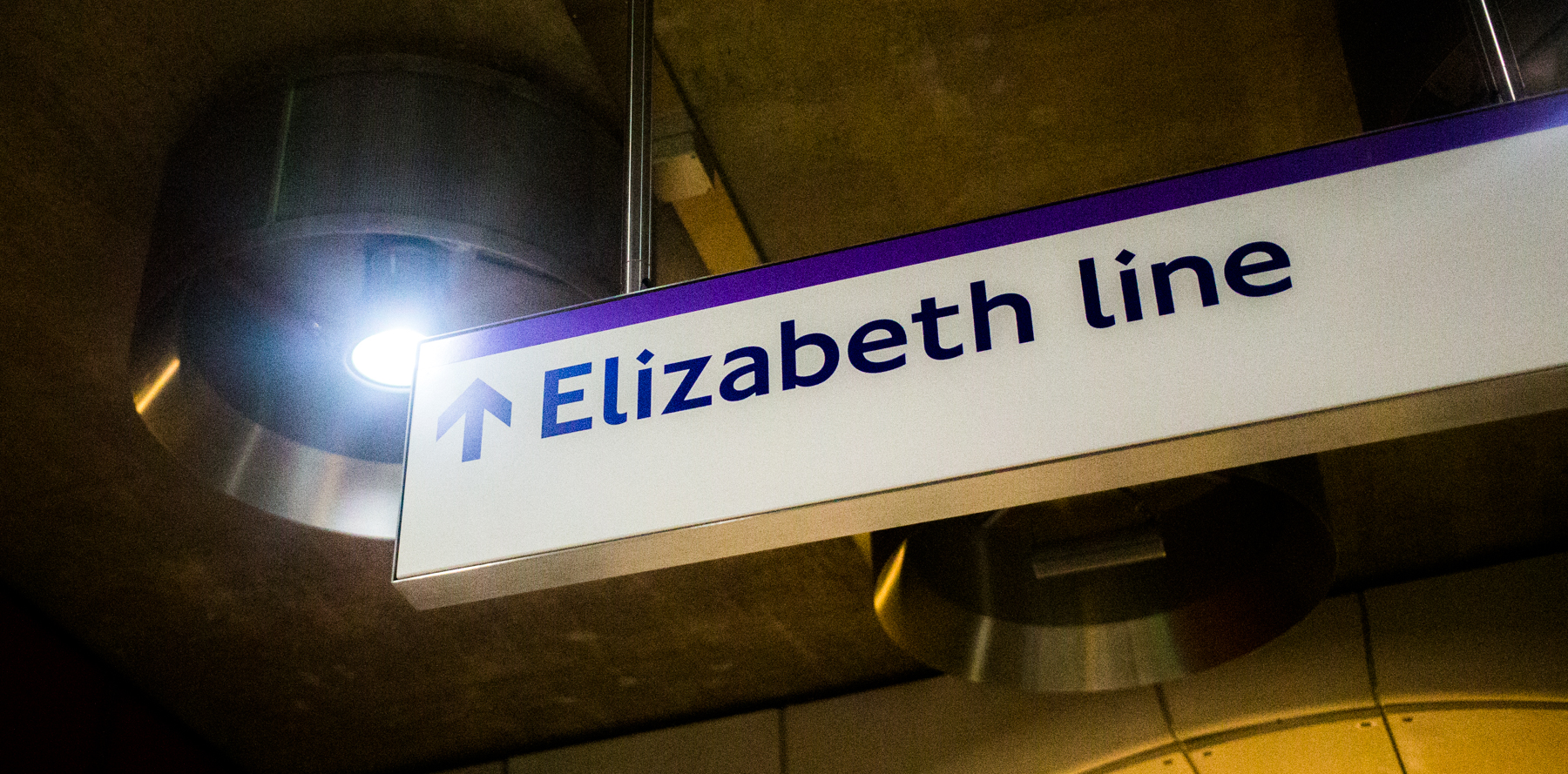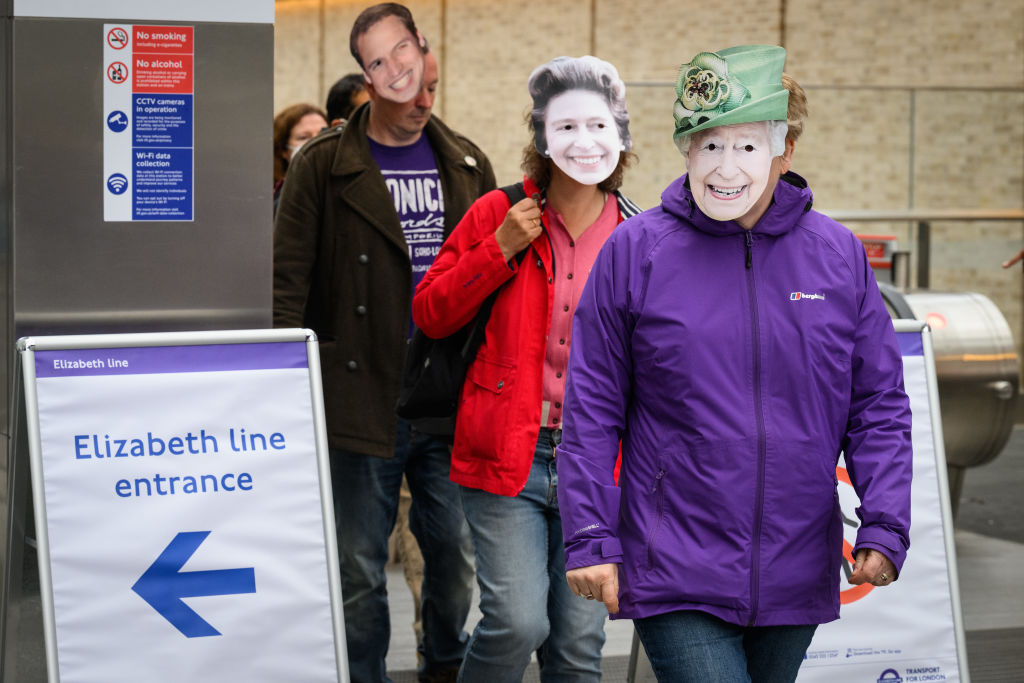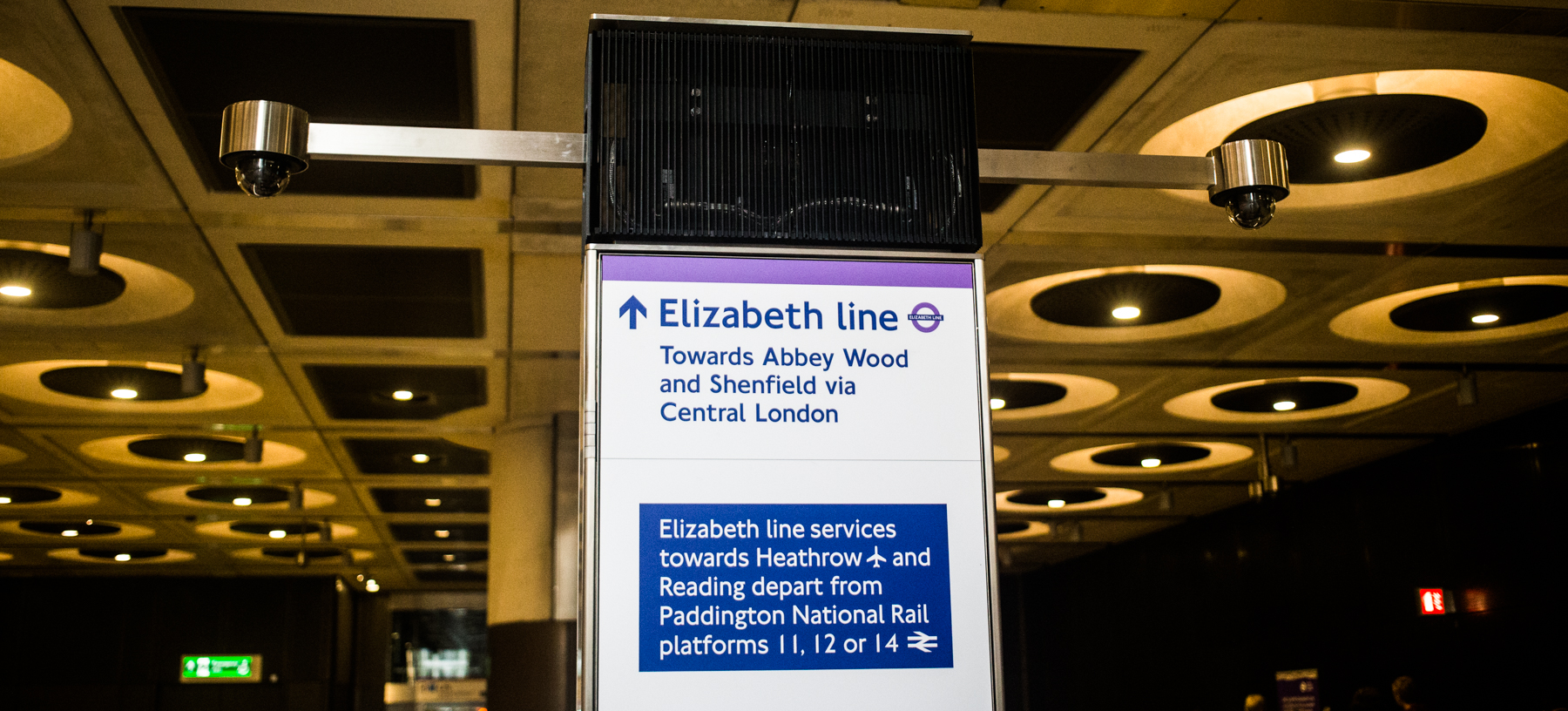
In a way, it would be more surprising if it didn’t. The Underground system should, by all known laws of ventilation, constantly smell of damp. Thousands upon thousands of soggy commuters breathing, sneezing, and treading London’s puddle water into an early grave should ripen our underworld like a sauna with a blocked drain. The thought has crossed my mind that the air down there might just be too polluted for us to notice, but this thought scares me, so I have decided to ignore it.
Why, then, does the Elizabeth Line stink? It has a lot of soft furnishings, sure. But so does the Bakerloo line, which boasts only the reassuring smells of hot air and whatever screaming demons they have trapped under the breaks.

Do you know how much the Elizabeth Line cost? £20 billion. If I spent £20 billion on something that often smells of wet dog (which I suppose, via council tax, we all have), I’d at least expect to be able to take it for a walk. Instead, I can get from Heathrow to Paddington in 23 minutes. Since Heathrow is the only London-serving airport with a tube station, it feels like a pricey way to save half an hour.
Still, it looks like the people of London don’t share my concerns. Use of the new-ish line has rocketed by 41% over the last three months, meaning 1/6 of all the UK’s rail journeys now pass through Lizzie’s purple arches.
READ MORE: THE ABSOLUTE STATE OF… or LONDON’S TUBE LINES RANKED
That is, annoyingly, transformational. So transformational that what was briefly one of the more pleasant methods of crossing central London is now horrendously overcrowded like the rest of the network. Instead, what should have helped alleviate the Underground’s post-pandemic congestion issues seems to be adding to its woes.
Not to sound too “I was born north of High Barnet” about the whole thing, but seriously, why was this a priority? Ordinarily, the “we should spend the money outside of London” argument drives me up the wall – I understand the funding comes from different places. I understand that London’s status as the UK’s bloated cash cow means it will always get the lion’s share of infrastructure investment.

Enthusiasts on the day the Elizabeth Line opened (Photo by Leon Neal/Getty Images)
But the Elizabeth Line, with its purpose of reducing already fast-paced commuter times between places already served by existing services, really does take the biscuit. In March, a tweet began circulating which had transposed the new line a couple of hundred miles north, and the results speak for themselves.

I’m not saying that we should have spent the money on something that doesn’t involve London (though I would point out that even HS2, should it ever materialise, seems more focused on getting people from the north into the capital than improving interconnectivity outside of it). But how can we ever expect the UK to genuinely thrive economically outside of it when travelling from Leeds to Manchester takes nearly two hours by train?
And when the UK’s biggest infrastructure project to date this century cost £20 billion, improves on the country’s only half-decent transport network, and still hasn’t solved overcrowding, the biggest problem with rail travel in London?
Something about this stinks: and it has nothing to do with a wet dog.




